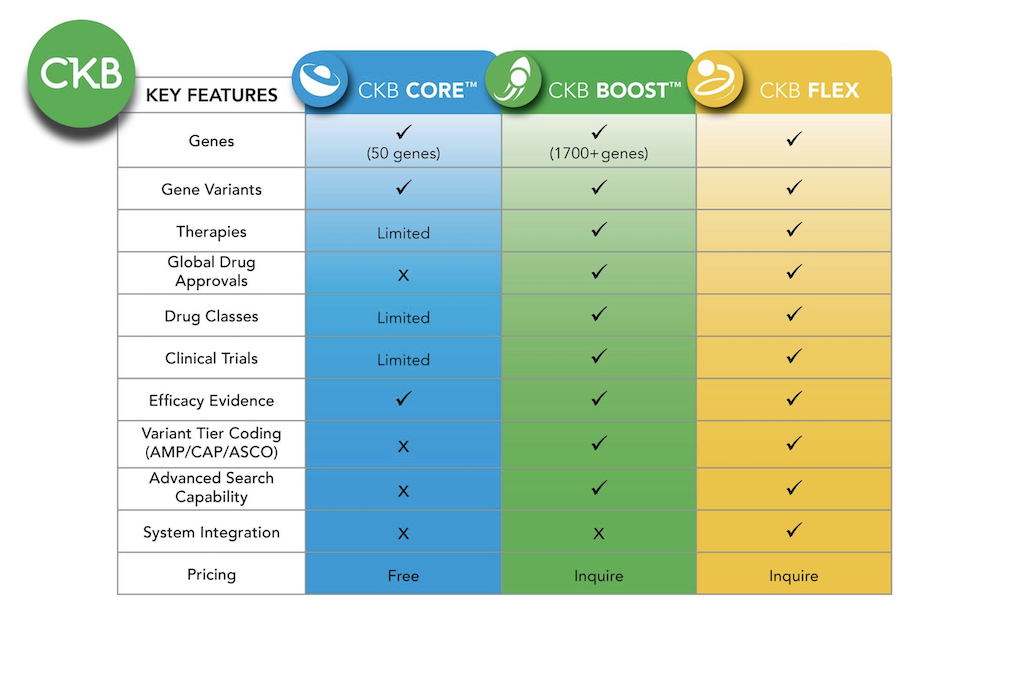Gene Detail
Contact
Missing content? – Request curation!
Request curation for specific Genes, Variants, or PubMed publications.
Have questions, comments, or suggestions? - Let us know!
Email us at : ckbsupport@jax.org
| Gene Symbol | PHF6 | ||||||||||
| Synonyms | BFLS | BORJ | CENP-31 | ||||||||||
| Gene Description | PHF6, PHD finger protein 6, is involved in chromatin organization, interacts with several factors that regulate transcription, and plays a role in cell-cycle regulation via suppression of ribosomal RNA transcription (PMID: 23229552, PMID: 28607179, PMID: 26103525). PHF6 inactivating mutations have been observed in T-cell acute lymphoblastic leukemia and acute myeloid leukemia (PMID: 20228800, PMID: 21030981, PMID: 26103525) and Phf6 overexpression has been observed in hepatocellular carcinoma (PMID: 30888215). | ||||||||||
|
|||||||||||
Additional content available in  CKB BOOST
CKB BOOST
